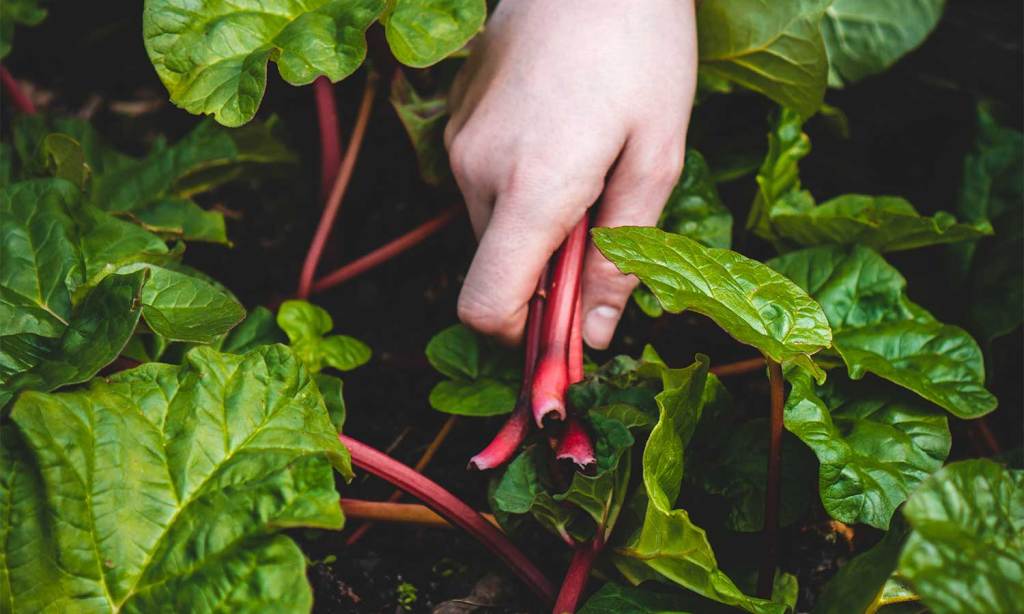The Latch has partnered with Suncorp Bank to deliver sustainability content that helps our readers drive positive action in their everyday lives.
Everyone has their own motivation for getting into gardening. Whether you’ve done it with your parents or grandparents from a young age, to spruce up the outside of your house, or to provide consistent food right outside your door. For me, it was all of those things.
I started putting together a vegetable garden, like many I imagine, when lockdowns started becoming the new normal. Initially, it wasn’t about creating food to use in the house, it was more about having something to actually do when we couldn’t leave the house. In a short time, though, I realised my five-year-old daughter really enjoyed the process; she loved finding worms, absolutely loved just digging away in the dirt, and finding out what plants looked like well after we planted seeds.
Three years on, and the benefits of her being involved in gardening are clear. She eats food that she wouldn’t even consider beforehand, she has an amazing knowledge of fruit and vegetables, and there were plenty of opportunities for incidental learning as well — counting, colours, and more.
Here are some tips for you to get your kids involved in growing fruit and vegetables.
Get them their own gear
There’s no better way of getting kids started in the garden than buying them their very own gardening gear. Grab an apron, boots, a hat, a trowel, a fork, and whatever else they want and they’ll be digging up a storm in no time.
Start with easy grows
Starting small is absolutely your best bet. To keep kids interested in the whole process, you don’t want to have to wait a whole year to see the fruits of your labour. Luckily, there are plenty of plants that grow rather quickly from seed, and you can even find seedlings at the local garden centre if you want to speed things up even further.
Firstly, talk to them about vegetables. Talk to them about the vegetables they like, the ones they don’t, and prioritise based on those discussions.
Try these fast-growing vegetables for instant success.
Radish
The radish is definitely the easiest, and fastest vegetable to grow. Plant the seeds and you’ll have crunchy radishes ready to harvest within a month. While the kids may not enjoy eating them, they’re fast, and super fun to pull out when they’re ready.
Zucchini
Once you plant a seed, you’ll likely see seedlings popping their heads up in a couple of days. In a couple of weeks, you’ll have the first zucchinis, and once you have one, you’ll have multiple as they grow like wildfire. It’s another one that’s fun to harvest, and there are plenty of kid-friendly recipes to cook using zucchini.
Carrot
It can be difficult to get the perfect-looking carrots you’re used to seeing in the home garden, but when baby carrots are ready to harvest, nobody will care what they look like. Pulling these little orange beauties up from the ground is a fun experience for the whole family.
Nasturtium
Nasturtium is a flowering plant that will spread out everywhere. Quick to grow at the right time of year, it has the added benefit of having edible flowers. Let the kids go wild picking the flowers, eating them or doing whatever they like.
Plant foods they don’t eat
One of the main things I’ve learned while growing vegetables at home, is the impact it had on my daughter’s eating habits. Prior to having the garden, there were plenty of things that she wouldn’t eat. Leafy greens were definitely out, herbs were no chance at all, and even fresh tomato took negotiating to get across the line.
With her being part of the whole process, we’re at the point now where she will eat leafy greens directly from the garden, will head out and harvest herbs when we need them for dinner, and will pick tomatoes straight from the vine out the door on the way to kinder.
Get a worm farm
Worms are another great way of getting kids involved in the garden, especially in the colder months. Worms will work their way to the top of the soil after rain, so if you’re considering getting a worm farm, involve the kids by heading out on a worm hunt.
Grab a bucket, and a trowel, find a spot in the garden, and start digging. In no time you’ll have a bucket full of worms to put into the worm farm. You can also get worms and starter compost from your local hardware store. Buy your worm farm, or hunt around online for some ideas to make one from things you have around the house.
Close the loop
If you’re going to the effort of putting a worm farm in, you need to consider the process of getting food to the worms in the first place. You’ve planted seed, you’ve harvested your bounty, and you’ve cooked it all up — now you need to close the loop.
Related: How to Speak to Your Kids About Climate Action (Without Scaring Them)
Related: How to Revive Your Neglected Worm Farm So You Never Have to Buy Fertiliser Again
Just like the latest fancy restaurant in the city, you can take a farm-to-table approach to your cooking, and rather than throw the leftovers in the bin, you can add them to a compost bin and feed them straight to your worms. Your worms will reward you with castings that you can add straight back into the vegetable garden. It’s the perfect relationship.
Having your kids involved in the whole process from start to finish will do wonders for their knowledge of food, and will, at the very least, get them to start trying different vegetables, even if they’re not keen on eating them every night of the week straight away.
Read more stories from The Latch and subscribe to our email newsletter.







